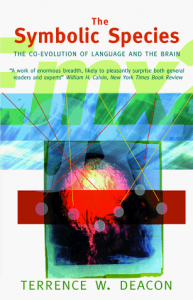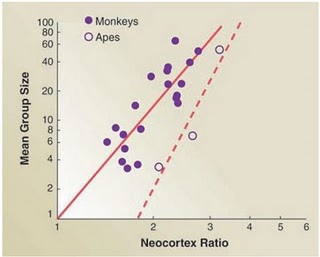Linguistic Diversity = Poverty. Razib Khan basically argues, correctly in my opinion, that linguistic homogeneity is good for economic development and general prosperity. From the perspective of a linguist, however, I do like the idea of really obscure linguistic communities, ready and waiting to be discovered and documented. On the flip side, it is selfish of me to want these small communities to remain in a bubble, free from the very same benefits I enjoy in belonging to a modern, post-industrialised society. Our goal, then, should probably be more focused on documenting, as opposed to saving, these languages. Razib has recently posted another, quite lengthy post on the topic: Knowledge is not value-free.
When did we first ‘Rock the Mic’? A meeting of my two favourite interests over at the New York Times: Linguistics and Hip Hop. Ben Zimmer writes:
In “Rapper’s Delight,” the M.C. Big Bank Hank raps, “I’m gonna rock the mic till you can’t resist,” using what was then a novel sense of rock, defined by the O.E.D. as “to handle effectively and impressively; to use or wield effectively, esp. with style or self-assurance.” To be sure, singers in the prerap era often used rock as a transitive verb, whether it was Bill Haley promising, “We’re gonna rock this joint tonight,” or the bluesman Arthur “Big Boy” Crudup more suggestively wailing, “Rock me, mama.” But the M.C.’s of early hip-hop took the verb in a new direction, transforming the microphone (abbreviated in rap circles as mic, not mike) into an emblem of stylish display. Later elaborations on the theme would allow clothes and other accessories to serve as the objects of rock, as when Kanye West boasted in a 2008 issue of Spin magazine, “I rock a bespoke suit and I go to Harold’s for fried chicken.”
It’d be nice to see more stuff on linguistics and hip hop, and, having said that, I might write a bit on the subject. In fact, I would go as far as to say that hip hop is part of reason why I fell into linguistics: the eloquent word play encouraged, and perhaps moulded, my fascination with language. To demonstrate why, here’s a track by Maryland rapper, Edan, who certainly knows how to rock the mic:
Edan — One Man Arsenal
Life without language. Neuroanthropology provides yet another great read. This time it’s on the topic of life without language — something that’s always crept into my thoughts, yet seems impossible to imagine (as I’m already so embedded within a language-using society). The post goes on to discuss Susan Schaller and the case of a profoundly deaf Mexican immigrant who did not learn sign language:
The man she would call, ‘Ildefonso,’ had figured out how to survive, in part by simply copying those around him, but he had no idea what language was. Schaller found that he observed people’s lips and mouth moving, unaware that they were making sound, unaware that there was sound, trying to figure out what was happening from the movements of the mouths. She felt that he was frustrated because he thought everyone else could figure things out from looking at each others’ moving mouths.
One problem for Schaller’s efforts was that Ildefonso’s survival strategy, imitation, actually got in the way of him learning how to sign because it short-circuited the possibility of conversation. As she puts, Ildefonso acted as if he had a kind of visual echolalia (we sometimes call it ‘echopraxia’), simply copying the actions he saw
One Man’s Take on the Facts of the Matter. Babel’s Dawn takes a look at Tecumseh Fitch’s book, The Evolution of Language, and concisely explains a clear departure between two camps in evolutionary linguistics:
One clear difference between the scenarios is in the role of the individual in relation to language. Language is somehow built into the brain in Chomsky’s thought-first scenario, while it is learned from others in the topics-first approach. Empiricists, like Morten Christiansen and Nicholas Chater, see language as ‘out there’ to be learned while nativists, like Fitch and Chomsky, say there is an internal, I-language, and the language out there is merely the sum of all those little I-languages. How to settle the dispute? Look for factual evidence.



